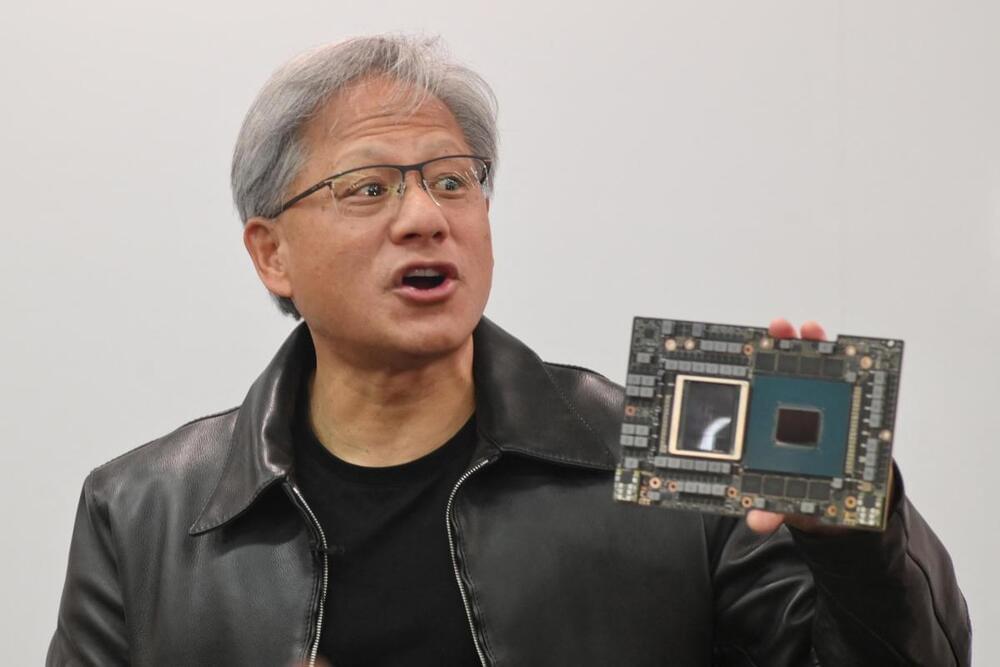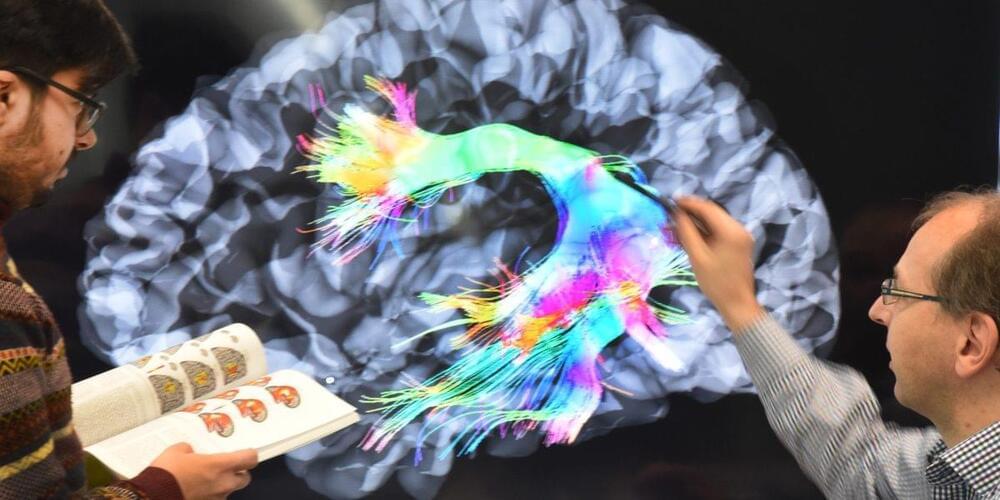The researchers also found a spot in the brain’s temporal lobe that reacted when volunteers heard the 16th notes of the song’s guitar groove. They proposed that this particular area might be involved in our perception of rhythm.
The findings offer a first step toward creating more expressive devices to assist people who can’t speak. Over the past few years, scientists have made major breakthroughs in extracting words from the electrical signals produced by the brains of people with muscle paralysis when they attempt to speak.
But a significant amount of the information conveyed through speech comes from what linguists call “prosodic” elements, like tone — “the things that make us a lively speaker and not a robot,” Dr. Schalk said.




 עברית (Hebrew)
עברית (Hebrew)


